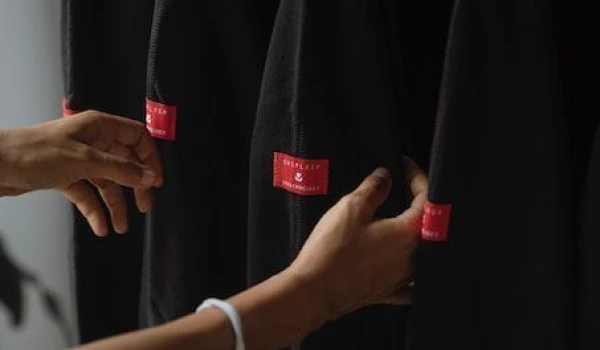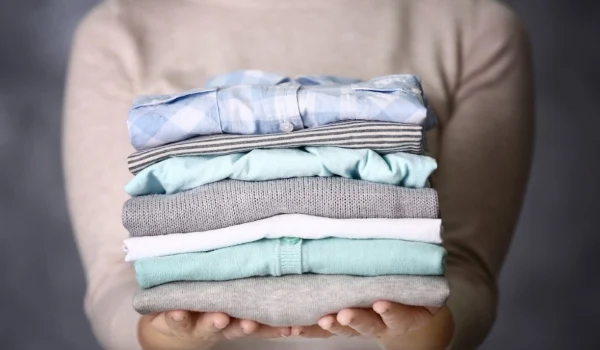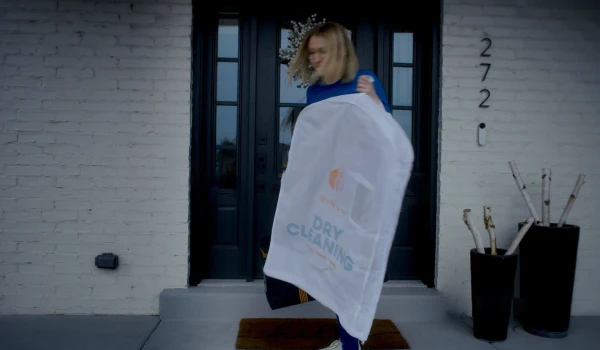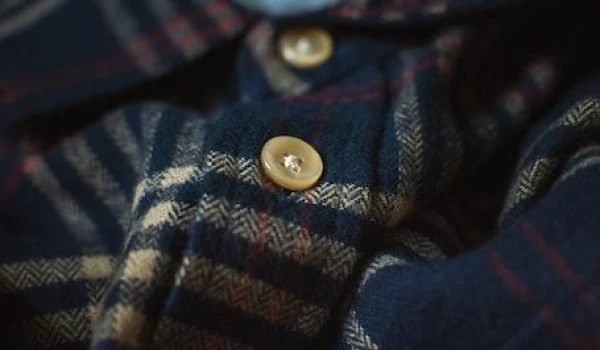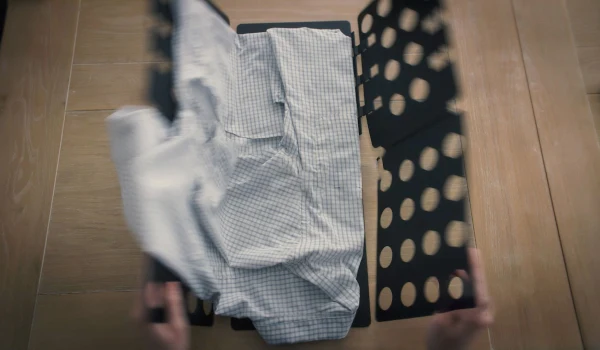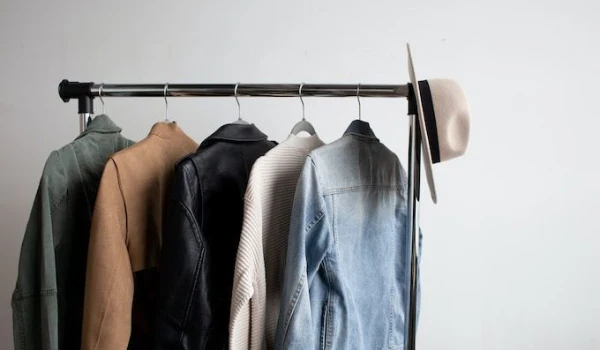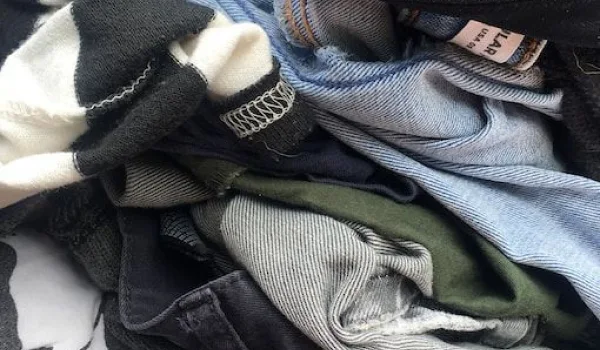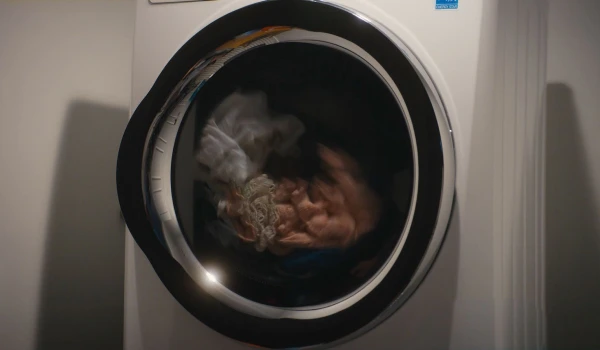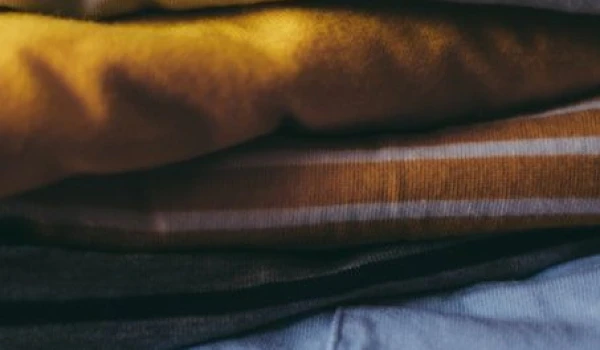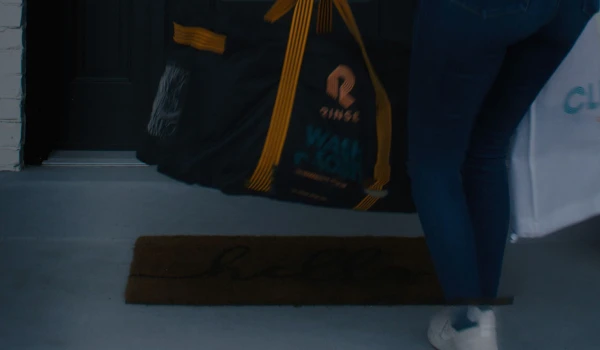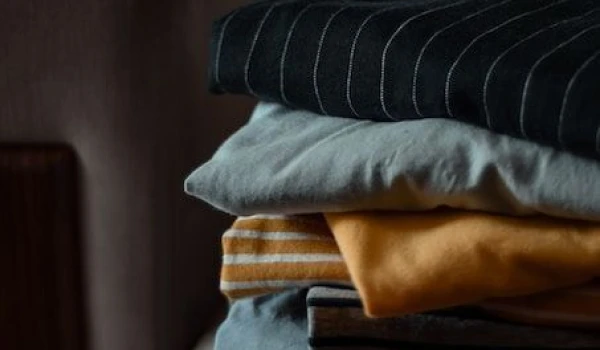Introduction
Contrary to popular belief, color bleeding is not more common for a particular color. However, there are steps you can take to ensure that all your clothes come out clean, intact, and without the need for a rewash. Below we’ll discuss why colors bleed and share ways you can avoid it.
Why Do Clothes Color Bleed?
More often than not, garments color bleed simply due to the type of dye commercial clothing manufacturers oftentimes use when making colored clothes. The dye is called direct dye and it is available in many colors, which are equally as susceptible to color bleeding. However, it’s commonly used with red-colored clothing items. Therefore, red-colored clothing is associated (unfairly!) with color bleeding more than other colors.
Garments with red direct dye are much more likely to color bleed in the laundry as opposed to clothes that use fiber-reactive dye. This is because of the chemical makeup of direct dye and it reacts with the fibers of the clothing.
Red color bleeding also can be a result of over-dyeing or the dye not being properly settled in the fabric of the clothing.

Getting Color Bleed Out of Clothes in 5 Simple Steps
You take out a laundry load and are shocked and devastated to see some of your favorite clothes have color bleeding. What should you do? Use the below 5 tips, that's what:
Separate Affected Garment
The first thing is to take the item(s) that has been affected and NOT place it in the dryer or hangline. It is extremely difficult to remove the bleed once the piece dries.
Check Care Labels
We will be running another washer load with all the affected items, but first, check the care labels on each item. They sometimes warn that the garment is prone to bleeding and / or has special washing instructions. Note that new clothes are more prone to bleeding.
Pre-Treat the Stain
The next step will be to work on the affected spots before putting them in the washing machine. You might have a stain remover you trust or can try the following technique using regular laundry detergent:
-
Fill a sink or tub with 1 gallon of water
-
Add 2 tablespoons of detergent to the stained areas
-
Use a brush to scrub the stain
-
Allow the garment to soak for 30 minutes before a regular cycle in the washing machine
Wash with Like Colors
Run the washing machine but ensure that whites and colors are properly separated.
Inspect and Repeat If Necessary
Take out your clothes from the washer and check the affected items. If the stain is gone, awesome! If it's still there, don't panic. Instead, try the below alternatives.

Alternative Wash For Stubborn Stains
Oxygen Bleach
Now, if you tried the above and it did not work, it's time to move to something more powerful: oxygen bleach. Note this chemical works on both whites and colors (again, check the label!).
-
Fill a tub with 1 gallon of water and mix 1 cup of oxygenated bleach.
-
Soak the item for 30 minutes
-
Rinse the clothes with cold water
-
Place the garment back in the washer and run a normal cycle load
-
Fill the tub with another gallon of water and 1 cup of bleach
-
Soak your clothes for another 30 minutes
-
Rinse them with cold water
Hydrogen Peroxide
Another chemical you can try is hydrogen peroxide. Before getting started, however, you will need to do a colorfast test. Dampen a cotton ball with hydrogen peroxide and rub or blot it at the back of your item's seam. If any color is transferred to the cotton ball, do NOT proceed.
Otherwise, here are the steps:
-
Mix 3 cups of water with 1 cup of hydrogen peroxide in a container
-
Fill a sink with water and add your solution
-
Place the affected garments in the sink and let them soak for 8 hours
-
Rinse with cool water

How Do I Avoid Color Bleeding?
Unless you are making your own clothes or dying your own clothes it’s difficult to know much about the dye used on your clothing items.
With that said, there are a few best practices you can follow regardless of the type of dye to limit your chances of experiencing color bleeding on your next laundry day.
-
Always separate lights and darks. This is a mandatory practice at Rinse but you may be surprised to know that many people at home overlook this important step when doing their laundry.
-
Use a color fixative such as Retayne or Raycafix on your clothes pre-wash to help prevent color transfer.
-
Use cold water over hot water when washing. Hot water can loosen up the fabric and increase the likelihood of color bleeding.
-
When possible, adjust your washer settings to delicate or something similar to reduce the amount of friction inside the washing machine.
-
Add color catcher sheets to the machine to help catch and hold dyes during washing.
-
Turn your clothes inside out to reduce both color fading and color bleeding.
As you can see there are several steps you can take to help reduce the chances of color bleeding. By implementing these basic tips you’ll not only limit color bleeding but improve the lifespan of your clothes.

Say Goodbye to Color Bleed with Rinse
There is one last technique we'd like to share when it comes to preventing color bleeding: using a professional laundry service, such as Rinse. We have years of experience cleaning all types of garments and their respective dyes.
Our team of professional cleaners knows how to tackle even the toughest stains and how to wash your clothes to make sure bleeding does not happen.
In addition, we offer the ultimate convenience for your laundry day – we pick up and deliver your clothes to your doorstep, 7 days a week. Not only can you rest easy knowing your clothes are in the care of experts, but you will save precious time by choosing Rinse for your clothes and their color care.
Contact us at Rinse today to see our skill in action.

Have laundry or dry cleaning to do?
Rinse picks up, cleans and delivers 7 days a week. Amazingly awesome. Ridiculously simple.


